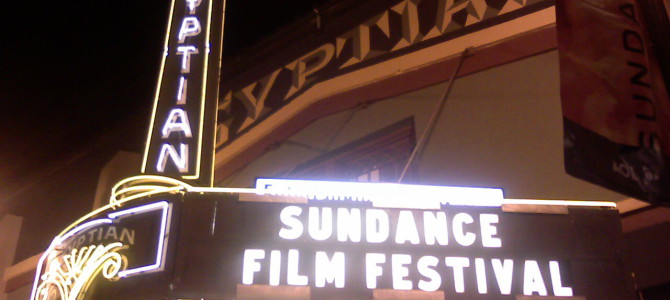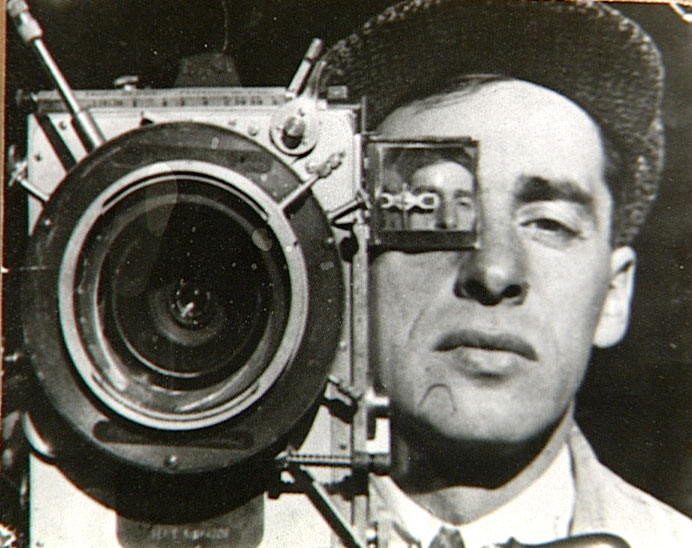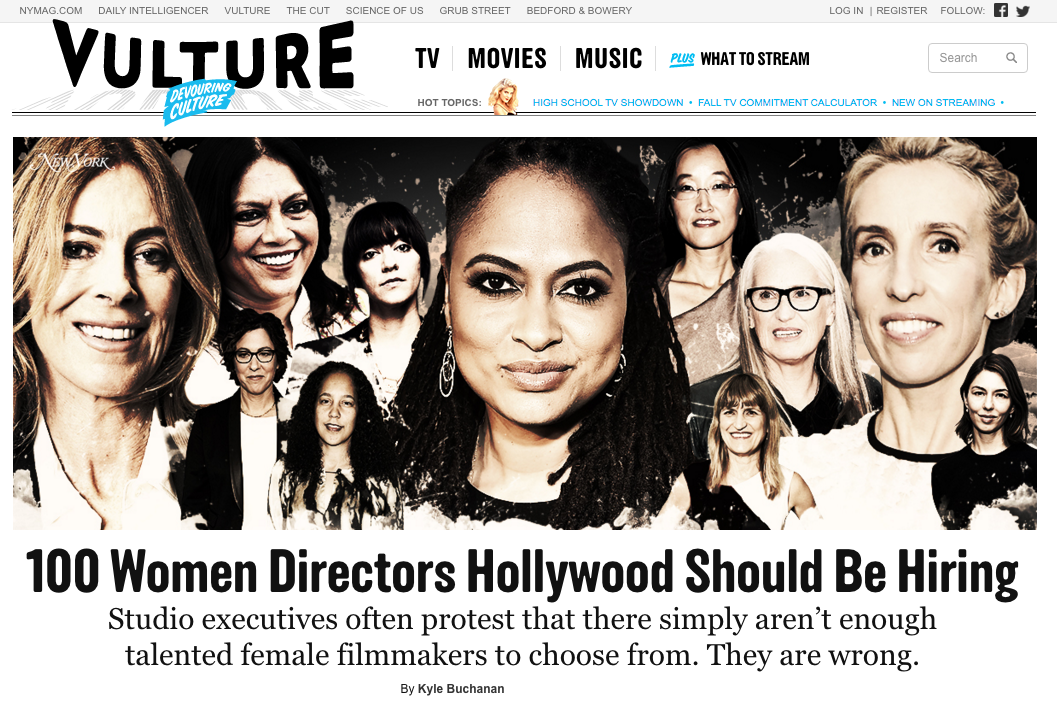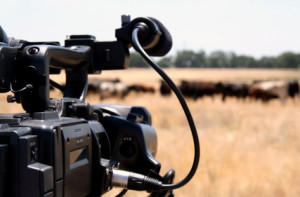The second video release, Hold Up, off Beyonce’s sixth album Lemonade, opens with the fierce queen of pop music launching two grandiose wood doors wide, into a four-minute escapade of smashing cars in a bucolic village street.
This is not the first time musicians have harnessed the power of video to reach their audience. Beyonce is notorious for being media shy; quiet on all social media fronts until releasing wildly huge and often confrontational works of video such as Formation.
We’re now living in a time when we’re using words like cinematic to describe music.
In 2013, Beyoncé heralded paradigm shift by simultaneously releasing her self-titled album and a set of corresponding videos her deliverance to the streaming-era masses.
Through film, musical artists have an outlet to strengthen political comments with visual symbols; there are some things that can only be said through textural imagery of the New Orleans cityscape, the shattering of glass, and the confidence of women on screen.
Beyonce’s album is available exclusively on Tidal, but Hold Up is striking. It’s clear that her audience (the BeyHive) is hungry not only to hear her, but to see her in action; all emotions bared. If you’re curious, check out Vulture’s summary of the track listings.
Other visual albums, more in the avant-garde realm, have fused the visual oddity with sound. ODDSAC was a feature film collaboration between filmmaker Danny Perez and the band Animal Collective. It premiered in 2010 at the Sundance Film Festival and has since screened to sold-out audiences, eager to experience the lush and surreal layering of auditory and filmic elements that condemn conventional narrative to reawaken the viewing experience.
Even deeper in the world fusing music and film is Philip Glass; namely, his 1998 masterwork Koyaanisqatsi. In the Hop language, Koyaanisqatsi means a life out of balance, a life disintegrating. Along with filmmaker Godfrey Reggio, the 87-minute film Koyaanisqatsi is a non-narrative, dialogue-free mediation on the meaning of life. In the longest section of the film, called “The Grid,” Glass composes an escalating chorus and ensemble piece to mimic the heated intensity of the film’s critique of modern society.
We are drawn to film for the same reasons we are drawn to music. Great art inspires us to do greater and reach higher. When music utilizes powerful visual imagery, they connect with their audiences on an even deeper level. No wonder why the Beyhive is always backing Beyonce up.





